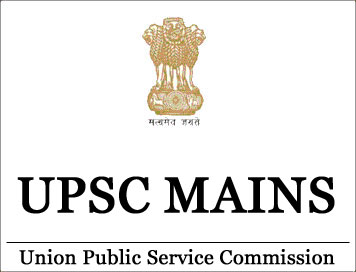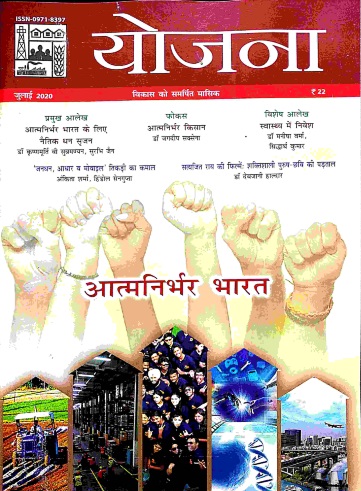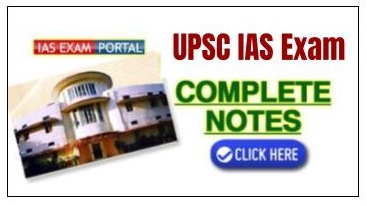In reverse gear: on draft EIA notification(The Hindu)
Mains Paper 3:Environment
Prelims level:Environment Impact Assessment
Mains level: Conservation, environmental pollution and degradation, environmental impact assessment
Context:
- The Union Ministry of Environment has been in the spotlight on more than one occasion during the pandemic, as it worked to push through retrogradeenvironmental decisions in an atmosphere of general paralysis.
- In April, Environment Minister used a virtual conference to ensure that the National Board for Wildlife’s Standing Committee stampedits approval on several projects, with serious implications for conservation.
- He now wants to hurriedly make a fundamental change to the process of project approvals, by introducing a new Environment Impact Assessment (EIA) Notification.
- Now in draft, it seeks to replace the existing EIA notification of 2006.
New proposal:
- The proposed provisions show that the Ministry has gone to great lengths to reduce or even remove public participation, and by extension independent expert opinion.
- Public reporting of violations may also not be taken cognisanceof before granting environmental clearances.
- While there can be no argument about the importance of development projects, it has resorted to sophistryin classifying activity for exemptions.
- Section 26 provides a list of projects that would not attract environmental clearance or permission, including coal mining and seismic surveys for oil, methane and shale gas on some lands.
- Section 14 provides exemption for these and some other projects from public consultation, also limiting the scope of public involvement to the districts concerned, in the case of national parks and sanctuaries where pipeline infrastructure will pass.
- Roads and highways get liberal concessions.
- Further, it retains the clause that if a public agency or authority considers the local situation not conducive to participation by citizens, the public consultation need not include a public hearing.
Checks and balances:
- In spite of the far-reaching nature of its proposed actions, the Centre has displayed unseemly haste to get them in place and Mr. Javadekar has not aided credibility by trying to shut down public responses to the draft early.
- It took a Delhi High Court order to extend the deadline to August 11.
- The exercise has been further muddiedby the mysterious blocking of some activist websites calling for the EIA proposal to be dropped, and demanding a new approach towards conserving natural resources for future generations.
- Clearly, the Centre’s attempts at weakening checks and balances are not new.
- A study of coal mining clearances shows that 4,302 hectares of forest were diverted during 2014-18, favouring extraction over conservation.
Conclusion:
- COVID-19 has powerfully demonstrated the value of nature for well-being: of lost forests and captured wildlife bringing virus reservoirs closer to humans and foul air destroying their health.
- While there might be a case for some changes, much of the proposed EIA system can only make things worse, and should not be pushed through.
- The draft EIA notification needs wider consultation and progressive changes.
Online Coaching for UPSC PRE Exam
E-Books Download for UPSC IAS Exams
General Studies Pre. Cum Mains Study Material
Prelims Questions:
Q.1)With reference to the plague, consider the following statements:
1. Plague is an infectious disease caused by the bacteria Yersinia pestis, a zoonotic bacteria, usually found in small mammals and their fleas.
2. Any person with pneumonic plague may transmit the disease via droplets to other humans.
Which of the statements given above is/are correct?
(a) 1 only
(b) 2 only
(c) Both 1 and 2
(d) Neither 1 nor 2
Answer: C
Mains Questions:
Q.1) What do you mean by environment impact assessment? Describe its process, and what is the recent dispute related to the proposed draft?





